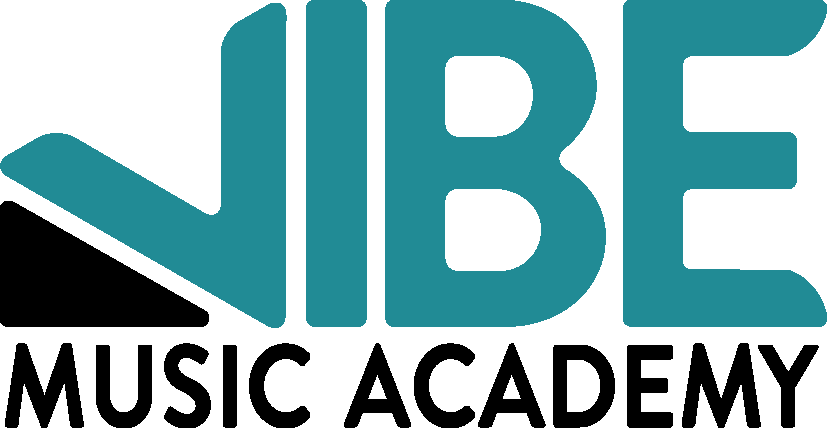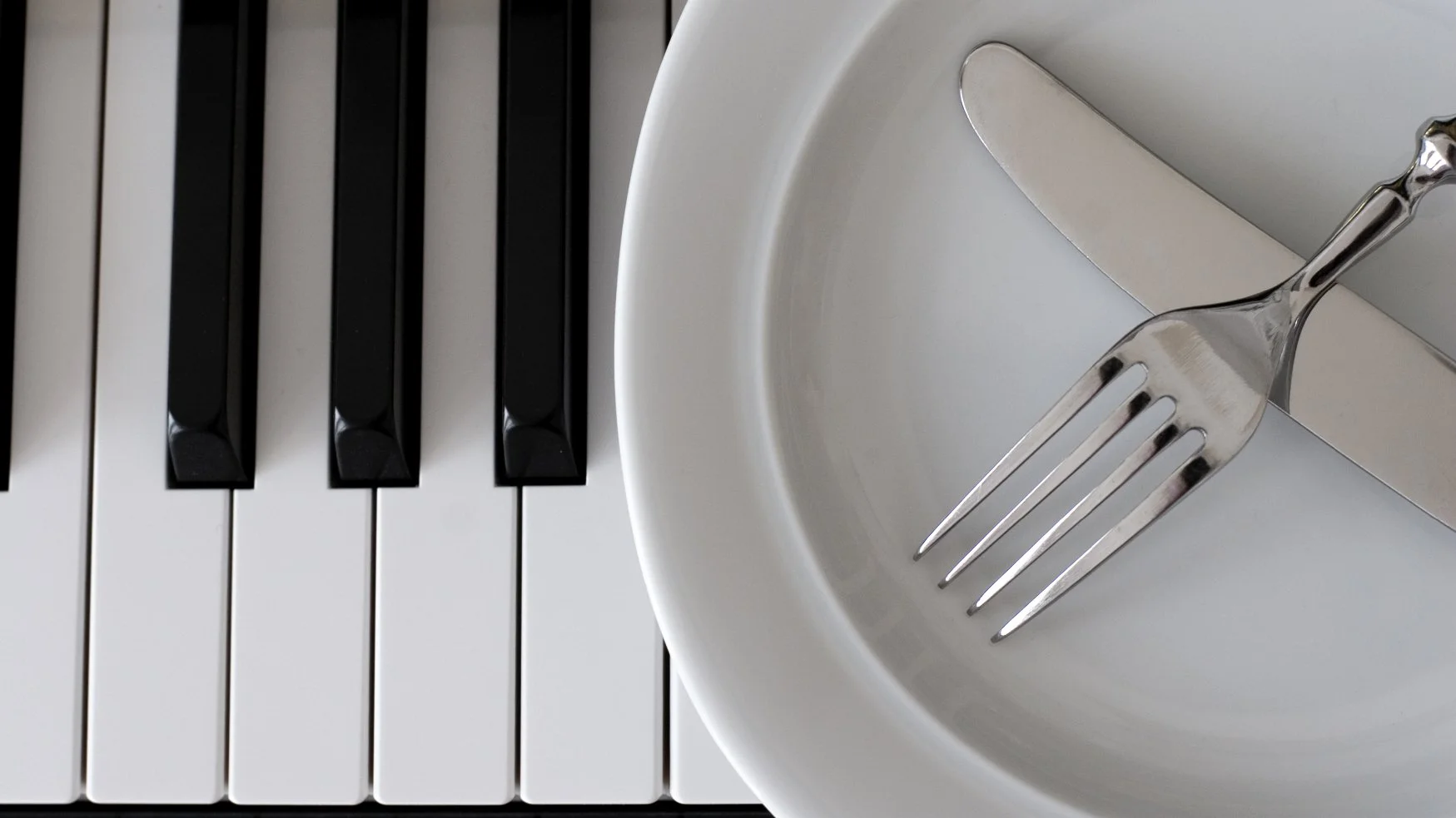Summer is here! It’s the season of beach holidays, vacations, mixed-up schedules, lazy days, sunburns, and hopefully loads of fun. Oftentimes, we use summer as a time to rest and relax, which is an essential practice. However, keeping up with private lessons over the summer can make a huge difference in the musical education of your student. Below, I will outline some huge benefits of keeping a student in lessons over the summer.
Perhaps the biggest asset to keeping up with music lessons over the summer involves learning loss. When outside of a formal education setting for an extended period of time, students lose the ability to utilize the skills they’d been building up. This can result in those skills diminishing or even disappearing. When returning to lessons in the fall, skill loss can create the need to re-learn those skills. This is not, on the whole, a bad thing. Review can do wonderful things for a student! However, some students may find this process frustrating. Additionally, much of learning an instrument involves muscle memory and the building up of techniques (and calluses, for string players) that take lots of time to perfect. Taking a step away from an instrument for an entire summer means the loss of this muscle memory. If one considers instrumental practice similarly to an athletic activity, there is just as much a need for “summer conditioning” in music as there is in sports—the difference is that musical conditioning can be as easy as keeping up with a practice schedule or at least occasional lessons.
Another helpful piece that comes from taking summer lessons, especially for a student whose schedule is filled with extra-curricular activities, is getting ahead! Keeping up with summer lessons, instead of just combatting learning loss, can boost a student’s skill acquisition. Students who have a loaded schedule during the year can benefit from keeping up with some sense of balance over the summer. Time management and a sense of accomplishment during these long summer days are certainly a bonus! Plus, getting started on performance prep over the summer prepares students for less stress during the school year. The summer is also an excellent time for experimentation. If a student is considering learning a new instrument or taking up a new musical style or genre, this is a great time to try something out with that extra flexibility. Perhaps this would even be the perfect time to get a start on composing or writing new music!
To conclude, taking lessons over the summer can be a wonderful way of keeping your student engaged in music. Summer lessons can lead to:
Less learning loss! No more worrying about rebuilding technique or calluses once the summer ends.
Getting ahead for a busy school year. Start on that performance preparation early to avoid stress later!
Stay on track with time management and a regular sense of accomplishment.
Take time to experiment—try out a new instrument, a different style of music, or composition!
Thank you for taking the time to read, and I hope you have a fabulous summer! Enjoy those summer lessons!
Author: Charissa Garrigus





















